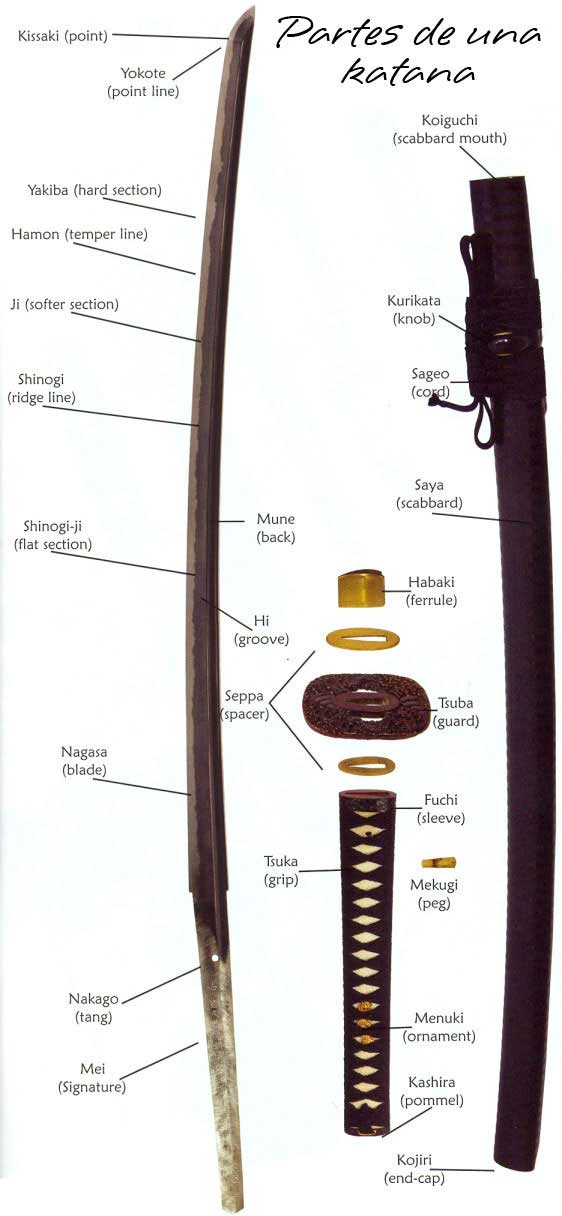What is the Kissaki?
The kissaki is the sharp tip of the katana, the emblematic Japanese sword that has been a symbol of samurai culture for centuries. This crucial part of the blade not only serves an aesthetic role but is fundamental for executing precise and deep cuts, which are distinctive features of the Japanese sword art.
There are several shapes and lengths of kissaki, which can vary depending on the type of katana and the specific purpose of its use. In general terms, they can be primarily classified into two types:
- Ikubi kissaki: This type has a rounded shape and is shorter, making it easier to perform more controlled and quick cuts.
- O-kissaki: On the other hand, the o-kissaki is elongated and pointed, designed for deeper and more penetrating cuts, ideal for more aggressive combat techniques.
The choice between these types of kissaki should be carefully considered, taking into account the type of cut one intends to make and the user's personal preferences. Additionally, the kiss, or point of the katana located at the base of the kissaki, is one of the most notable features of the katana's design. It can take various forms and styles, such as the chisel kiss and the hira kiss, and is a reference to the quality and skill of the craftsman who forged the sword.
An essential aspect of maintaining the kissaki is its upkeep. To ensure its effectiveness and prolong its durability, it is crucial to follow certain care practices:
- Keep the kissaki clean and lubricated to avoid oxidation and corrosion, which can compromise its function.
- Protect it from blows or impacts that may cause damage, as any imperfection can negatively affect its performance in combat.

In conclusion, the kissaki is not only an essential element for the katana but also invites reflection on the technique and tradition forged over centuries. Its shape and care are indicative of the respect and mastery that surround the forging of this legendary Japanese sword.
















